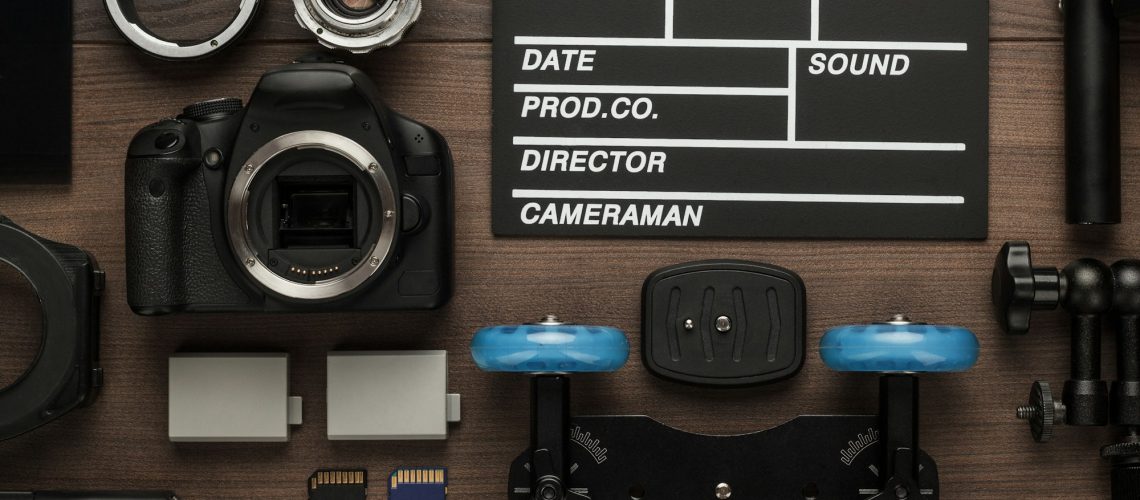Video is king in today’s content landscape. It captivates audiences, drives engagement, and can elevate your brand’s storytelling. But creating a stunning video is only half the battle. Here’s the harsh truth: if you’re not investing in media buying, your masterpiece might as well be a hidden treasure.
The Dream vs. Reality
We’ve all seen it: a brand pours time and money into crafting an amazing video, only to post it on social media and watch it collect dust. The reality is, unless you’re already a social media giant with millions of followers, your video won’t magically find its audience.
The Media Buy Imperative
Here’s where media buying swoops in to save the day. It’s the process of strategically purchasing ad space to get your video in front of the right people. Think of it as buying a ticket to the main stage – it ensures your video gets seen by your target audience, not just your existing followers.
Balancing Creative and Media Spend
So, how much should you allocate to each part of your video marketing campaign?
- Creative Production (The Video Itself): This encompasses scripting, filming, editing, animation, and all the elements that make your video shine. High-quality creative is a must to grab attention and leave a lasting impression.
- Media Buying (Getting Eyes on Your Video): This involves selecting the right platforms (YouTube, social media, etc.), targeting options, and ad formats to reach your desired audience.
Industry Benchmarks (A Starting Point)
- 20/80 Rule: A common approach is dedicating 20% of your budget to creative and 80% to media buying. This is favored when maximizing reach and frequency are top priorities.
- 30/70 or 40/60 Rule: These splits are popular for brands seeking a balance between strong creative and substantial media reach.
Factors That Influence the Split
Your ideal split depends on various factors:
- Brand Awareness: Established brands might lean more towards media buying to expand their reach, while newer brands might prioritize creative to build their brand identity.
- Campaign Goals: Are you focused on brand awareness, driving website traffic, or generating leads? This will impact your spending priorities.
- Target Audience: Reaching a niche audience might require more targeted (and potentially pricier) media placements.
- Competition: In a saturated market, you might need a larger media budget to stand out.
Tips for Smarter Budgeting
- Set Clear Goals: Define your campaign objectives before allocating your budget.
- Research Your Audience: Understand their media consumption habits to make informed media buying choices.
- Prioritize Quality Creative: Invest in compelling visuals and storytelling to hook your audience.
- Track and Optimize: Monitor your campaign’s performance and adjust your media buy strategy as needed.
The Takeaway
Don’t let your amazing video get lost in the digital abyss. By striking the right balance between creative production and media buying, you can ensure your video marketing campaign gets the attention it deserves. Remember, even the most captivating video needs a little push to reach its full potential.



